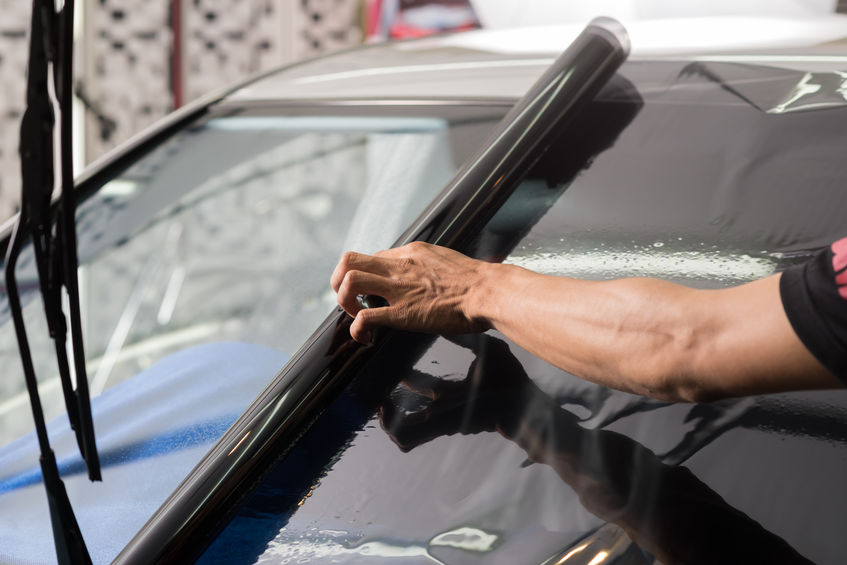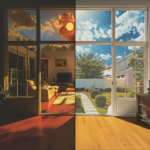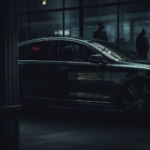
The window tinting industry is one that has seen continual technological growth, and ever-increasing popularity over the past few decades. As more is learned about the many benefits of window tint, there is little question as to why. Not only does it offer a sleeker visual appeal for either your home or vehicle, but it can provide health benefits. Foremost among these is the potential to protect against cancer-causing UV radiation.
An interesting find was discovered during a study published in the Journal of the American Academy of Dermatology. Over half of all skin cancers in the US are found on the driver’s side of the body. This suggests high risks of radiation while driving via the left side window.
How are Auto & Architectural Tint the Same?
Before you can learn how these two applications differ it is important to know they are actually remarkably similar at the most basic level. For starters, they serve the same essential purpose – to create a more comfortable experience.
Windows, while necessary, can cause intense heat and glare. They do not stop UV radiation from entering a home, office, or vehicle. This radiation not only poses significant health risks, but it can also cause damage to furniture, art, and other items. Window tinting remedies these risks.
By reducing the amount of heat allowed to enter, window tint can also help save money on air conditioning. It saves on heating in winter by reflecting internal heating back inside versus allowing it to escape through the window. Certain types of tint also help to prevent robbery by providing additional breakage assistance.
How Do They Differ?
While providing the same basic service and offering many of the same benefits, automotive and architectural window tinting have a few very distinct differences. The largest pertains to shrinkage.
Automotive tinting is designed to shrink because cars have slightly curved windows. This provides a better fit. On the other hand, architectural window tint will not shrink. If shrinking tint were applied to a building’s windows there is a distinct possibility of shatter because there is no curvature to those windows.
Another difference is in the way these two distinct tints handle heat produced by the sun. Automotive tint absorbs the sunlight, which is then dispersed via wind rush. Architectural tinting reflects the sunlight away from the home.
The materials used in either tinting option are also different. Due to the many electronic gadgets used inside of a car, many metals would never work. These metals, however, assist in heat rejection. This advantage is appropriately added to home or office tinting, where the interference is not an issue thanks to larger spaces.
Professional Installation
One distinct similarity in automotive and architectural tinting is that they need to be applied by a professional. Not only will you often get a higher grade of materials than you can purchase on your own, but reaping the benefits depends on proper installation. It is strongly advised you seek professional installation for any window tinting – home, car, or office – you may want.






Comments are closed.